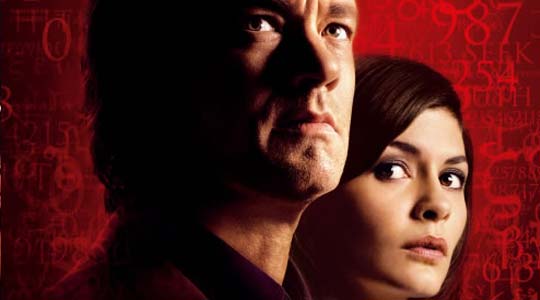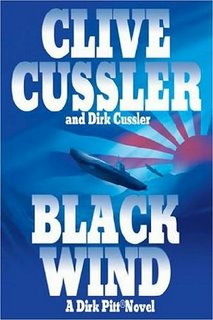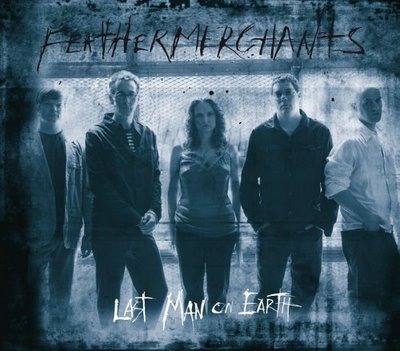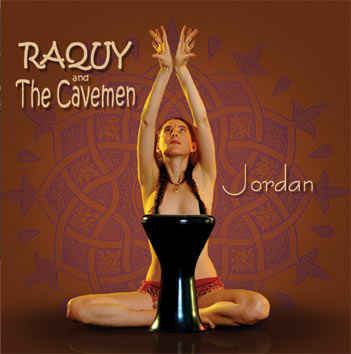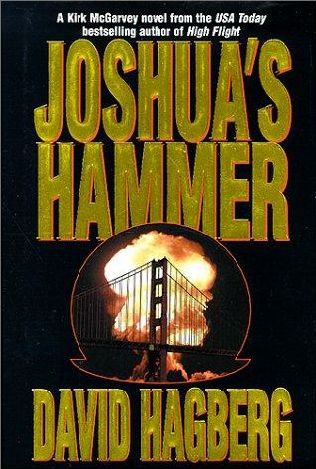
Ljova (Lev Zhurbin), a Moscow native currently living in New York City, plays his viola in a variety of styles. He first came to my attention through his involvement in the raucous gypsy party band Romashka, but he also does arrangements for acts like the Kronos Quartet and Yo-Yo Ma. On his solo disc Vjola: World on Four Strings he takes a step back from the frenzied sound of Romashka, instead composing Eastern European-style dances, some laid back blues, and a handful of impressionistic pieces. Ljova is essentially a one-man string quartet on this disc, playing all the melody and harmony lines himself and even plucking out the low notes on his viola like it was an upright bass.
Vjola succeeds not simply because of Ljova's technical mastery of his instrument, but also because he can compose and arrange in styles from very different parts of the globe and make the tunes sound like they belong together. His segue way from the sprightly tango "Ori's Fearful Symmetry" to the deliciously bluesy "Coffee +Rum" is especially effective. Other highlights include the cleverly titled "Bagel on the Malecon" and the waltz "Garmoshka," which features guest accordionist Michael Ward-Bergeman.
I must confess, though, that my exposure to impressionism is far too limited to adequately evaluate the more challenging pieces on this CD. I was enchanted by the high, dissonant harmonics that accompany "O'er" and the radically re-interpreted cover of Björk's "Army of Me," but I'd expect that some people who are listening for the tangos and waltzes will not know what to make of these tunes. Likewise, the extended pieces "Collage" and "Spring Valley Sunset" require careful attention to small details over long stretches of time, and I'm still trying to digest these.
On Vjola: World on For Strings, Ljova demonstrates a superior command of his instrument in a multitude of styles. Fans of Romashka shouldn't expect this to sound very similar to their CD, but anybody in the mood for mellow tangos, waltzes, or front-porch blues played on viola will find a few tunes to their liking. Some of the tunes most definitely do not fall under the category of easy listening, though, but at the very least they help paint a fuller picture of Ljova's musical personality.
Overall Grade: B+

